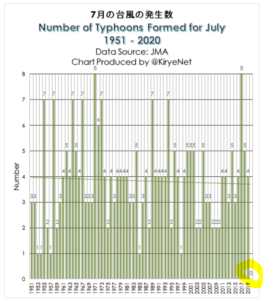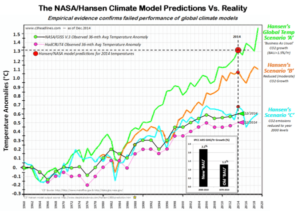by Geology Page, January 8, 2017

Name: Hoba “This is an OFFICIAL meteorite name”
Abbreviation: There is no official abbreviation for this meteorite.
Observed fall: No
Year found: 1920
Country: Namibia
Mass: 60 tonsThe Hoba or Hoba West meteorite lies on the farm “Hoba West”, not far from Grootfontein, in the Otjozondjupa Region of Namibia. It has been uncovered but, because of its large mass, has never been moved from where it fell. The main mass is estimated at more than 60 tons, making it the largest known meteorite (as a single piece) and the most massive naturally occurring piece of iron known on Earth’s surface.
Impact
The Hoba meteorite impact is thought to have occurred more recently than 80,000 years ago. It is inferred that the Earth’s atmosphere slowed the object to the point that it impacted the surface at terminal velocity, thereby remaining intact and causing little excavation.
Assuming a drag coefficient of about 1.3, the meteor would have been slowed to about 720 miles per hour (0.32 km/s) from its speed on entering the Earth’s atmosphere, typically in excess of 10 km/s for similar objects. The meteorite is unusual in that it is flat on both major surfaces, possibly causing it to have skipped across the top of the atmosphere like a flat stone skipping on water.
…
Read more : http://www.geologypage.com/2017/01/worlds-largest-meteorite.html#ixzz6U2Q7UUR8
Follow us: @geologypage on Twitter | geologypage on Facebook


